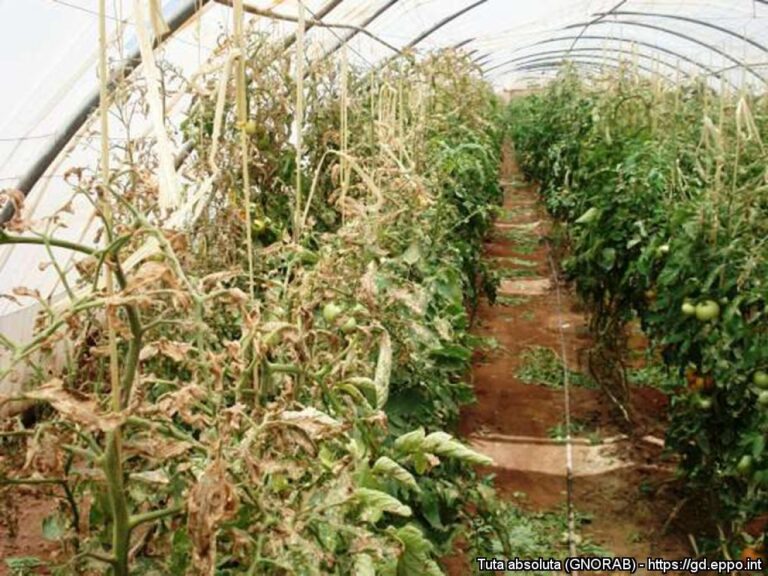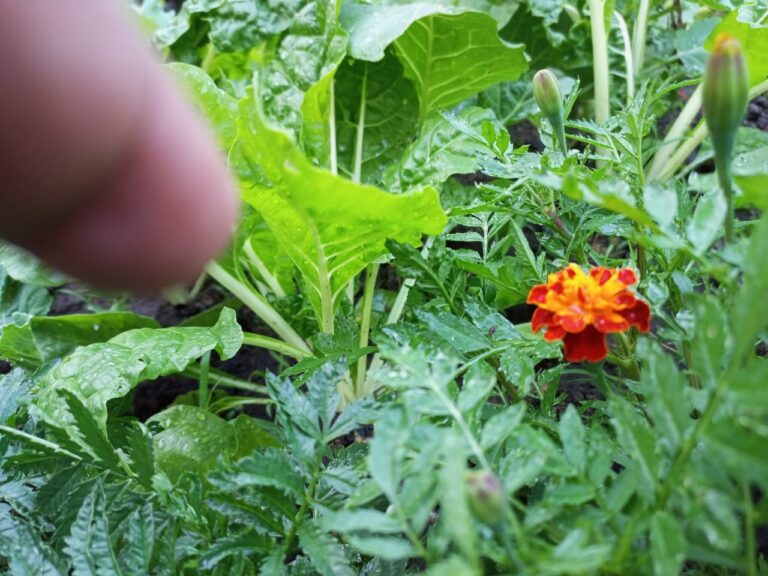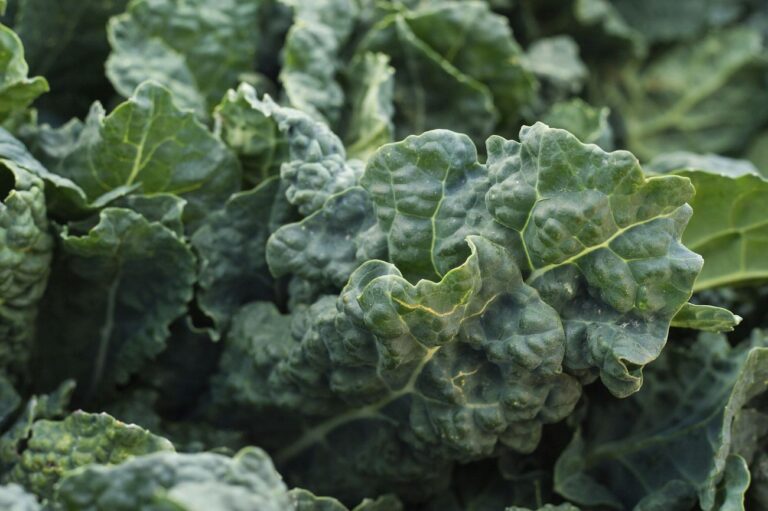How much water does kale need in Kenya?
Water is a crucial component for any plant to grow and thrive. This is especially true when it comes to growing kale in Kenya. In this article, I’ll be discussing how much water kale plants need, and how to ensure that your kale plants are getting the right amount of water.
Water Requirements for Kale
Kale plants require a moderate amount of water to grow. They should be kept consistently moist, but not waterlogged. The soil should be moist but not soggy. It’s important to avoid both over-watering and under-watering kale plants. Over-watering can lead to root rot and under-watering can cause the leaves to wilt and the plant to die.
Kale plants need about 1-1.5 inches of water per week. This can be done through natural rainfall or by irrigation. If you’re using irrigation, make sure to water the plants in the morning or evening, when the temperatures are cooler. Watering during the heat of the day can cause the water to evaporate before the plants can absorb it.
Rainfall in Kenya
Kenya has two rainy seasons, the long rains from March to June and the short rains from October to December. During these seasons, the rainfall is sufficient for the kale plants to grow. However, during the dry seasons, irrigation may be necessary to keep the kale hydrated.
In Kenya, Kale is mainly grown in the highlands, which are located in the central, western, and parts of eastern regions of the country. These regions have a cool climate, and the soil is rich in nutrients, which is ideal for growing kale. Examples of these regions include the Mount Kenya region, the Aberdares, and the Elgeyo Marakwet.
In these regions, farmers plant kale between March and June, and they harvest the crop between June and October. During the long rains, the rainfall is sufficient for the plants to grow. However, during the dry seasons, farmers use irrigation to keep the kale hydrated. They also make sure to water the plants in the morning or evening, when the temperatures are cooler.
Conclusion
Kale plants require a moderate amount of water to grow. They should be kept consistently moist, but not waterlogged. The soil should be moist but not soggy. It’s important to avoid both over-watering and under-watering kale plants. During the long rains from March to June, the rainfall is sufficient for the plants to grow. However, during the dry seasons, irrigation may be necessary to keep the kale hydrated. By paying attention to the water needs of your kale plants, you can ensure that they have the right conditions to thrive and produce a bountiful harvest.







